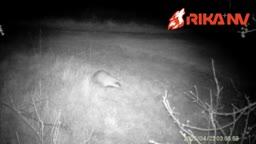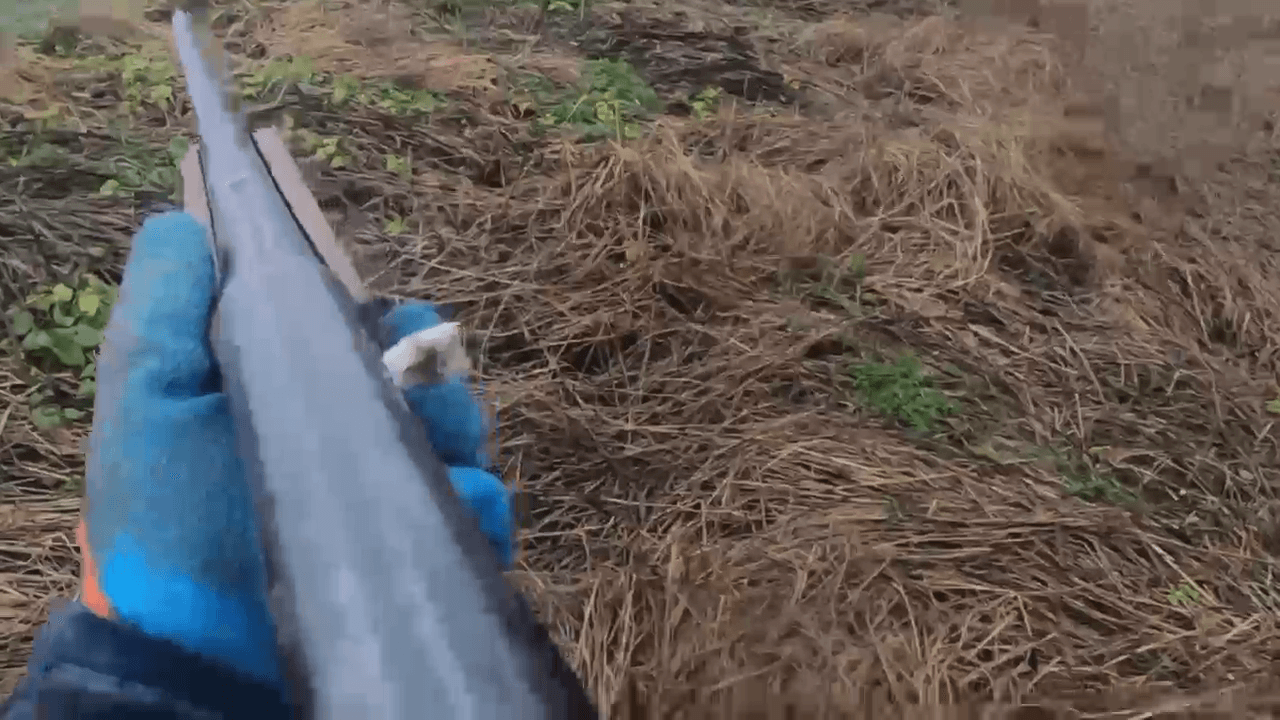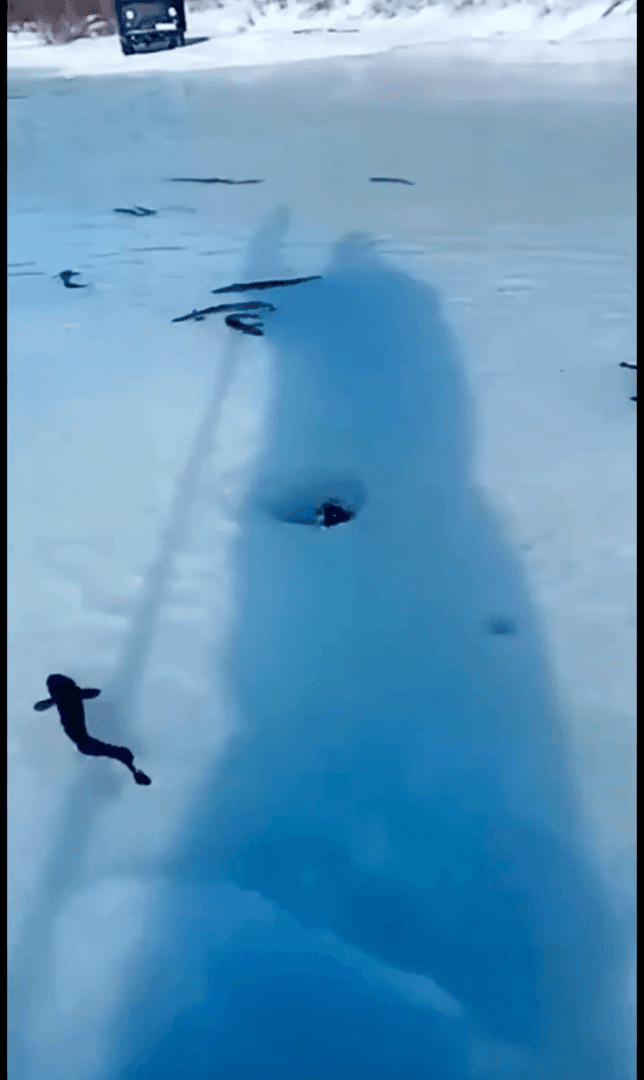
Pavel Volodko caught an unusual visitor to the bait on his camera trap! 🦡📸 Our team has camera traps set up in a large number of farms in Russia and Belarus, which allows us not only to respond more quickly to predators, but also to publish interesting content from the hunting grounds🤝 ✅Consultation and purchase of devices (https://t.me/PulsarGuruBot)👈
Post: 2 June 06:59
















































